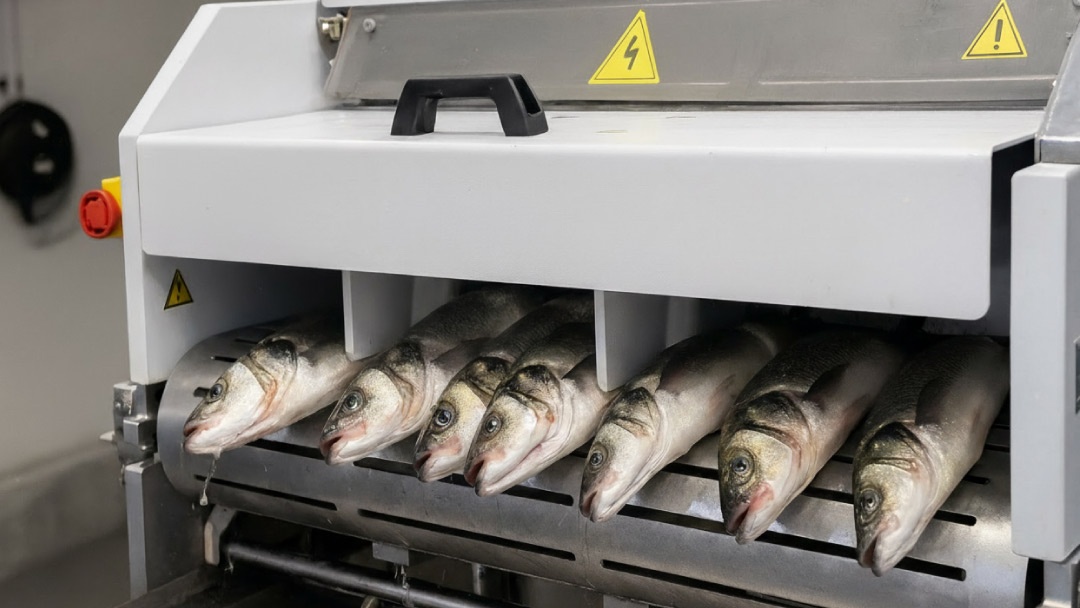
Humane slaughter holds a key position on the agenda for aquaculture producers of gilthead seabream (Sparus aurata) and European seabass (Dicentrarchus labrax). This priority must align with the demands of the European Union’s Regulation (EC) n. 1099/2009, which obliges operators “to avoid pain and minimise the distress and suffering of animals” and, crucially, requires that the loss of sensibility “shall be maintained until the death of the animal”.
However, a new scientific paper has issued a serious warning to the sector, concluding that the conventional methods used to assess insensibility in these fish are unreilable and could be severely compromising their welfare. The study, titled Stunning challenges: Operational indicators flag failures, but neurological validation is needed to confirm stunning effectiveness in seabrass and seabream, revelaled that the sector’s reliance on simple visual and physical signs – known as operational indicators – is misplaced, as these “remain poorly validated against neurological benchmarks”.
The Hazard of False Insensibility
The researchers identified a “consistent temporal mismatch” between observable physical signs (such as the loss of equilibrium, the ‘eye-roll’ reflex, and the ventilation reflex) and the neurological gold-standard for consciousness, the Visually Evoked Responses (VERs). This mismatch creates a “significant risk of misjudging a fish as insensible based on operational indicators, while remaining sensible according to neurological assessments”.
The risk is acutely manifested in electric stunning, a method that has gained relevance and is recommended by the EFSA due to its capacity to induce an “immediate” loss of consciousness. Despite this recommendation, the study has shown “serious welfare concerns” due to the “rapid recovery times (within seconds to minutes) observed in most fish” following stunning.
The study exemplified the problem with stark figures: in a protocol designed to mimic a commercial context, the cerebral activity indicating sensibility recovered in seabass in a median time of just 0.7 minutes and in seabream in 0.9 minutes. According to the authors, these findings “underscore the urgent need to improve and validate electrical stunning methods for seabass and seabream before they can consider humane and are widely implemented”.
The Only Viable Indicator, For Now
Despite the fact that electric stunning still has “limited” adoption in the Mediterranean – due to barriers such as costs and the need to adapt equipment to existing operations – the study criticises that current parameters do not guarantee the prolonged insensibility required by the European Regulation.
The research concludes that while neurological assessment using electroencephalography (EEG) remain the “gold-standard”, they are not viable in the commercial slaughter environment. Consequently, the sector must focus its efforts on the only operational indicator that aligned most closely with cerebral activity: the ventilation reflex (the cessation or resumption of opercular movement), which “may be the most reliable operational proxy”.
The paper indicates that “thorough species- and method-specific validation of operational indicators” is “essential” to reduce the risk of fish regaining sensibility before or during critical slaughter procedures such as exsanguination or evisceration.
Reference:
Reference: Gräns, A., Cabrera-Álvarez, M. J., Oliveira, G. D. C., Saraiva, J. L., Arechavala-Lopez, P., Bortoletti, M., Schwerte, T., & Brijs, J. (2025). Stunning challenges: Operational indicators flag failures, but neurological validation is needed to confirm stunning effectiveness in seabass and seabream. Aquaculture Reports, 45, 103189


